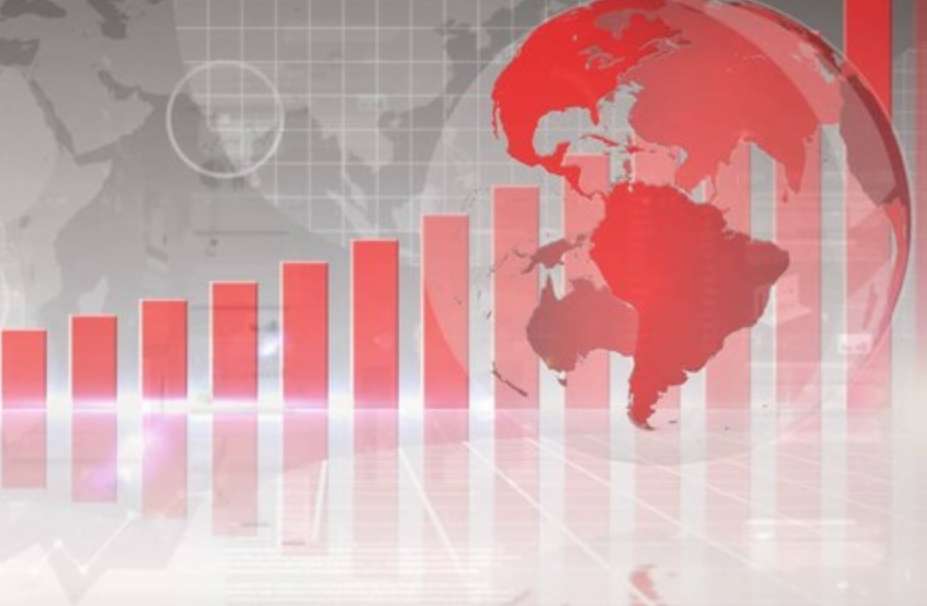Copper Prices May Surge by 75%
Advertisements
The landscape of copper pricing in 2023 has been tumultuous, grappling with issues ranging from labor disputes to environmental protests while simultaneously reacting to shifts in global demand. Despite the fluctuations experienced throughout the year, there remains a growing optimism amongst investors regarding copper’s potential future performance. Forecasts suggest that over the next two years, the price of this essential metal could surge, reflecting the shifting dynamics of supply and demand in the global market.
Reports have highlighted a bullish sentiment among analysts, particularly in a recent CNBC publication that predicts a staggering increase of over 75% by 2025, setting a new historical price record for copper. As of January 2nd, copper was trading at approximately $8,500 per ton, yet the predictions are that prices could reach $15,000 per ton by 2025. This speculative rise is significantly influenced by the heightened demand for copper spurred by global trends in energy transition.
Undoubtedly, the trajectory of copper prices can be correlated with broader economic indicators, as this versatile metal is pivotal in energy transition strategies. Commonly referred to as "Doctor Copper," this term underscores its role as a barometer for economic health, used widely in electrical equipment, construction, and industrial machinery. When economic growth is strong, demand for copper tends to rise, while during downturns, the metal often provides a hedge against inflation and other financial uncertainties.
Market Optimism for Copper Prices
The commitment shared among over 60 countries at the recent COP28 climate summit in Dubai to triple global renewable energy capacity by 2030 has further reinforced this positive outlook for copper. According to Citibank, this decision is expected to significantly benefit copper, predicting an increase in market demand by 4.2 million tons by 2030, ultimately pushing prices to their projected highs.
Research from Fitch Solutions has aligned with this sentiment, asserting that the transition to green energy is critical for copper price escalations. As a key component of renewable technologies, copper is essential for electric vehicles, wind turbines, and power grids. The increasing demand for electric vehicles, which require about four times as much copper compared to traditional gasoline-powered cars, is a primary driver of this heightened market interest.
However, the surge in demand for copper is contrasting starkly with potential supply challenges. A notable event last November involved the Cobre Panamá mine, one of the world's leading copper producers, ceasing operations due to environmental concerns. Additionally, Anglo American, a key player in the mining sector, announced production reductions for 2024 and 2025 in an effort to optimize costs.
Goldman Sachs has adjusted its projections for copper supply growth downward, now estimating a 3% increase for 2024, in contrast to an earlier forecast of 5%. This decline has prompted predictions of a bull market for copper prices, as production cuts could lead to significant shortages.

As production becomes constrained, producers may find themselves grappling with shortages of copper concentrate, the intermediate product produced from the ore before refinement. Goldman Sachs' recent report indicates a predicted shortfall of 534,000 tons of refined copper in 2024, a significant departure from earlier estimates and a harbinger of tightening market conditions.
Tom Palmer, the CEO of Newmont, has echoed this sentiment, stating that a substantial copper deficit is on the horizon over the next decade, driven by ongoing supply cutbacks that signal a more pronounced tightening in the market.
Macro-factors are also playing an important role in fostering optimistic outlooks for copper. Analysts at Bank of America Securities note that markets are anticipating a rate cut from the Federal Reserve this year, which would likely weaken the dollar, making copper, priced in dollars, more appealing to international buyers.
New Players Enter the Market
The rising copper prices have also drawn interest from new players in the market, particularly gold miners looking to capitalize on recent gains in gold prices. Their interest in diversifying into copper is notable as the global competition for known deposits intensifies.
Major mining companies such as BHP and Rio Tinto are prioritizing copper projects, fundamentally acknowledging its role in the energy transition. Mark Bristow, CEO of Barrick Gold, has publicly stated intentions to become a "major league" copper producer by expanding operations in Pakistan through the Reko Diq project.
Expected to begin production by 2028, the Reko Diq mine in Pakistan is projected to be among the world's top ten largest copper mines, holding significant reserves of both copper and gold, with a production lifespan anticipated to exceed 40 years. The stake of this endeavor is held jointly by Barrick Gold and the Pakistani government.
In another significant move, Newmont acquired Newcrest Mining, an Australian mining company, for about $15 billion to expand its footprint in the copper market, marking a clear shift towards securing essential mining assets.
Other prominent gold mining companies, such as Agnico Eagle Mines from Canada, have also ramped up their investments in copper, recognizing its importance within the broader market context.
Electric vehicles, which require significantly more copper than traditional combustion engine vehicles, further exemplify the increasing demand for this metal. The copper needed for wind and solar energy production is also exponentially greater compared to fossil fuel power generation, contributing to projections that copper demand could double by 2050.
Nonetheless, investors looking to capitalize on copper mining ventures need to be patient, as returns on these bets could take several years to materialize. Copper prices have fallen by more than 20% from their historic high in March 2022, with even greater declines observed in metals associated with energy transitions.
It is noteworthy that countries such as Chile and Peru, rich in copper and lithium resources crucial for the green transition, are poised to benefit from increased investments and rising export demands, positioning them favorably in the coming economic landscape.
post your comment